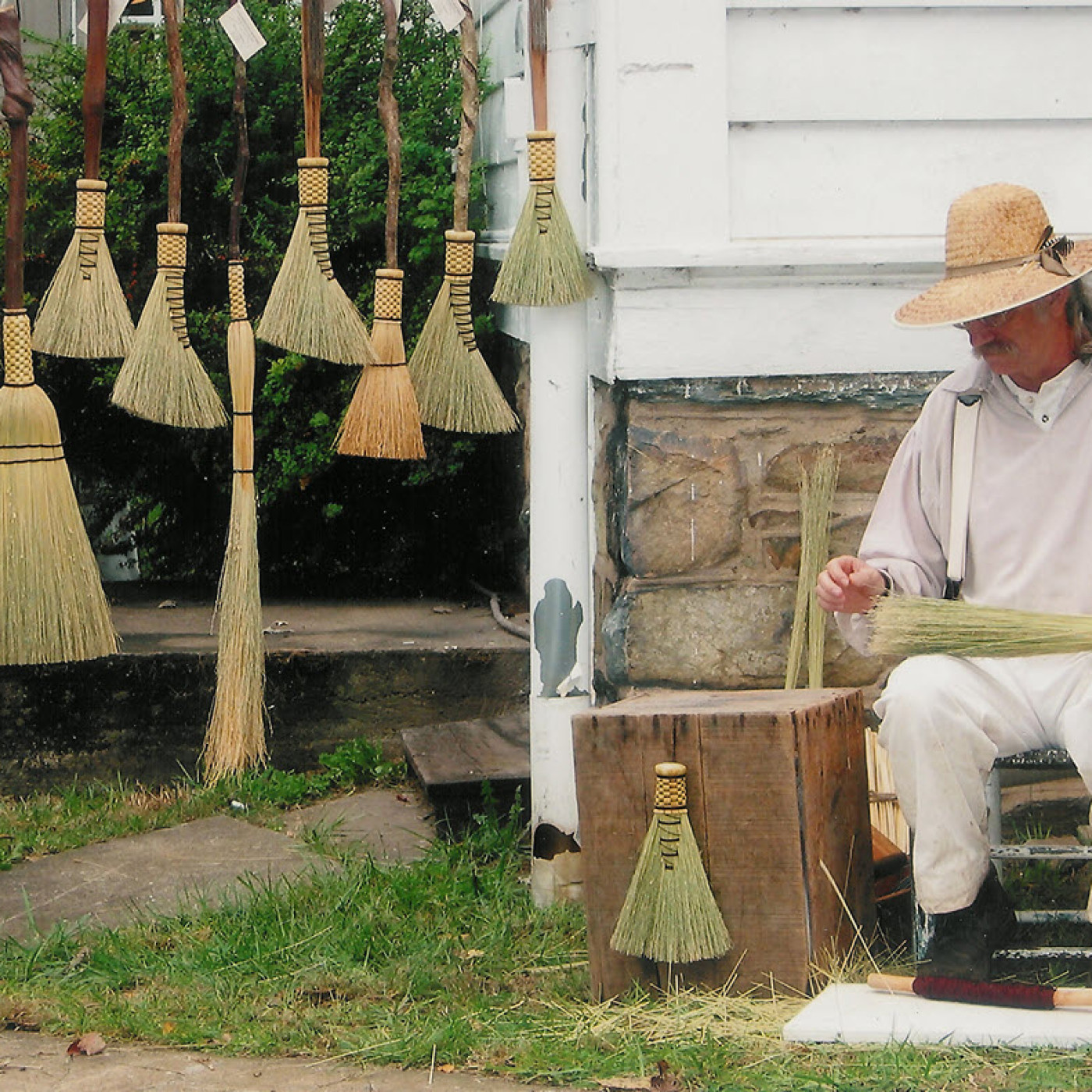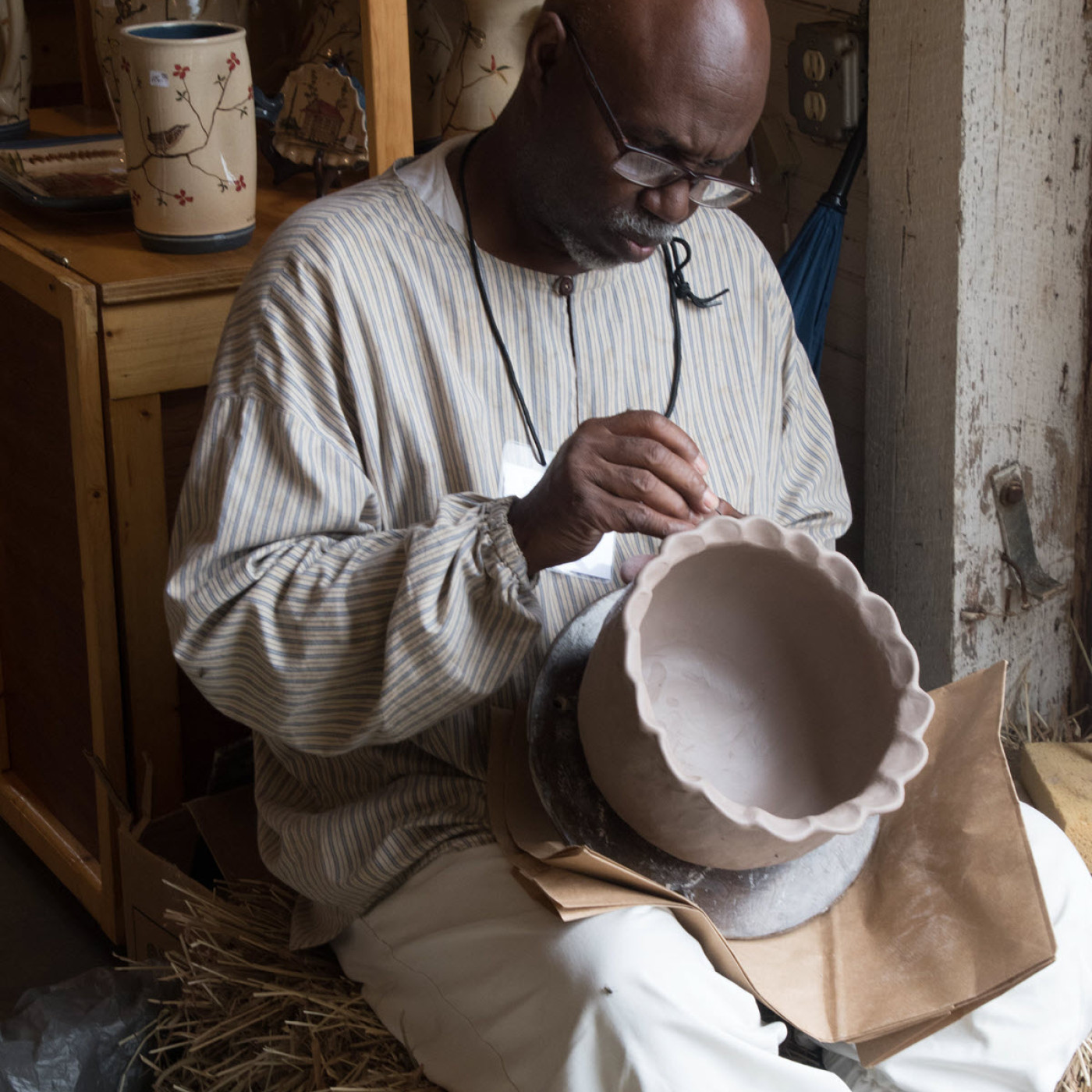Master Your Juried Show Application Insights From the Director’s Desk
Landing a spot in a juried art show is a win for any artist — a fantastic way to get their work seen and recognized. To help you stand out in the crowd, here is straight-up advice to make your application shine.
Do Your Homework
Before thinking about hitting send on that application, do your homework. Every show has its vibe and specific needs. Review the prospectus, dig into the website, and scroll through their social media.
Does this show feel like the right place for your work? If any questions pop up (and they probably will), contact the organizer. It saves everyone time if you ask questions before submitting.
Review your images. These are your first impressions — your visual handshake — and should be the best you can provide.
Send the number and type of images requested. Take time to make sure your photos are high-quality, clear, and show off your work.
Do not use images that are more than 2 or 3 years old, unless they highlight your technique or signature piece you will have available for sale. Keep your images blind. This means no names, no business logos, and no personal branding visible.
Jurors for our fair — and most art festivals — review applications anonymously. You want the focus to be entirely on your art. If you can, invest in professional photos — it can be a game-changer, elevating your entire application.

Our Unique Jurying Process
The Waterford Fair stands out from other shows due to its distinctive requirements for artisans. We ask folks to demonstrate their art or craft for 50% of their time, provide a children's activity or educational component, and wear early American costumes.
This approach enhances the visitor experience at the National Historic Landmark of Waterford, Virginia, while helping us meet our craft preservation mission. However, it means artists need to do extra planning and have additional staff on hand to help with sales while they are demonstrating.
Our jurying is done digitally. We review artist statements — be sure it is thoughtful and well-developed — as well as your demonstration and educational activity plan, a set of six images of your artwork, a photo of your booth or tent setup, and a shot of your studio or workspace.
That studio image is helpful! It gives us a peek into your creative space and helps us connect with those who are truly making art while weeding out resellers. Just remember, your artist statement should also be anonymous — no names or business information.
Regarding the booth photo, a common question from new artists is, "But I haven't done a show yet, how can I have a booth picture?" This is not an issue for us. Set up your booth in your garage, backyard, or living room and snap some well-lit photos.
If you are new to the show circuit, a quick, honest note explaining this in your application, along with your simulated booth shot, is much better than skipping it. And again, a quick call or email if you have a specific situation (like a new tent is on order, so it cannot be photographed) is always appreciated. We are committed to your success, as it contributes directly to our success.
Sidestep the Stumbles: Apply Like a Pro
The biggest issues we see in applications often come down to easily avoidable oversights — little things like incomplete answers or submitting low-quality images. Our best advice is simple and straightforward:
- Do not wait until the last minute to apply. Give yourself plenty of time to review the prospectus and get answers to questions before you start.
- Read the application instructions carefully. Do not skim over the questions. Dedicate ample time to complete the application thoroughly. It is quickly evident which artists read the instructions. We would rather answer a few questions or have a quick call with a prospective artist upfront. This helps avoid the need to contact you for changes later, or worse, letting an OK application go to jury when it could have been stronger.
- Submit clear, well-lit photos that showcase your work's colors, textures, and intricate details. Consider including a mix of full shots that give an overall impression and close-ups that highlight your unique techniques and craftsmanship.
The application is your opportunity to tell your story and demonstrate your talent. By being prepared, thoughtful, and presenting your work beautifully, you are not just applying for a spot; you are inviting the jury to experience the magic of your art — a magic we will be eager to share with our fairgoers!

